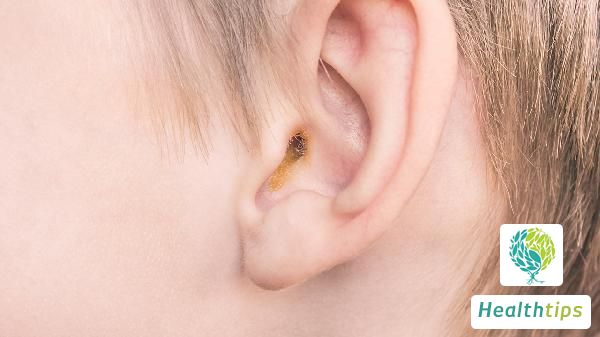How to Deal with Heel Cord Pain?
Foot Heel Tendon Pain
In daily life, many people have experienced the phenomenon of heel tendon pain, which is often caused by excessive activity leading to Achilles tendonitis. This is a sterile inflammation, and patients can adopt conservative treatment, such as resting more, avoiding excessive activity, minimizing walking, soaking feet in hot water or fumigating with traditional Chinese medicine every night. When the symptoms are severe, patients can take oral medications to relieve and treat the condition.

How to Deal with Heel Tendon Pain
When patients experience heel tendon pain, it is often due to excessive activity leading to Achilles tendonitis, a sterile inflammation. Conservative treatment is usually adopted, including reducing activity, resting more, soaking feet in hot water or fumigating with traditional Chinese medicine regularly. Symptomatic treatment can also be applied to the painful area of the Achilles tendon, such as closed injection or small needle knife prying and loosening, to reduce local inflammatory exudation. If the pain is severe, analgesic drugs such as diclofenac sodium sustained-release capsules, celecoxib, or celebrex can be taken orally. If the pain persists after proper rest, minimally invasive surgery can be considered for local loosening.
Causes of Heel Tendon Pain
1. Trauma: Trauma is one of the most common causes of heel tendon pain, mainly occurring in the Achilles tendon and calcaneal ligament areas, often caused by sprains, tears, or fractures.
2. Calcaneal Spurs: Heel tendon pain can be caused by calcaneal spurs, which are degenerative lesions. As people age, bone hyperplasia may occur, forming spurs. If bone hyperplasia occurs in the calcaneal area, it can cause heel tendon pain.
3. Ligament Inflammation: Most cases of heel pain are caused by ligament inflammation. The heel area has 33 joints and over 100 tendons and ligaments. The ligaments at the bottom of the foot are connected to the heel. When people perform high-intensity exercises (such as running and long jump), huge traction forces concentrate in this area, leading to inflammation of the heel ligament and pain.
4. Obesity: Although obesity may not seem directly related to heel pain, obese people are more prone to heel pain because the heel ligaments need to bear heavier pressure than normal people, especially during intense exercise. Therefore, obesity is an important factor causing heel tendon pain.
5. Unsuitable Shoes: Wearing unsuitable shoes can also cause heel pain. The bones, muscles, and ligaments of the heel bear the entire weight of the body, requiring shoes to fully support the arch and distribute the force evenly. However, some inferior shoes may have inadequate internal structures that cannot effectively support the arch, increasing the pressure on the ligaments and leading to heel inflammation and pain.
5. Other Causes: There are many other causes of heel tendon pain, including peritendonitis, calcaneal osteomyelitis, fat pad injury under the calcaneus, calcaneal fractures, subcalcaneal bursitis, soft tissue strain in the tarsal canal, calcaneal tuberculosis, and tumors.



















